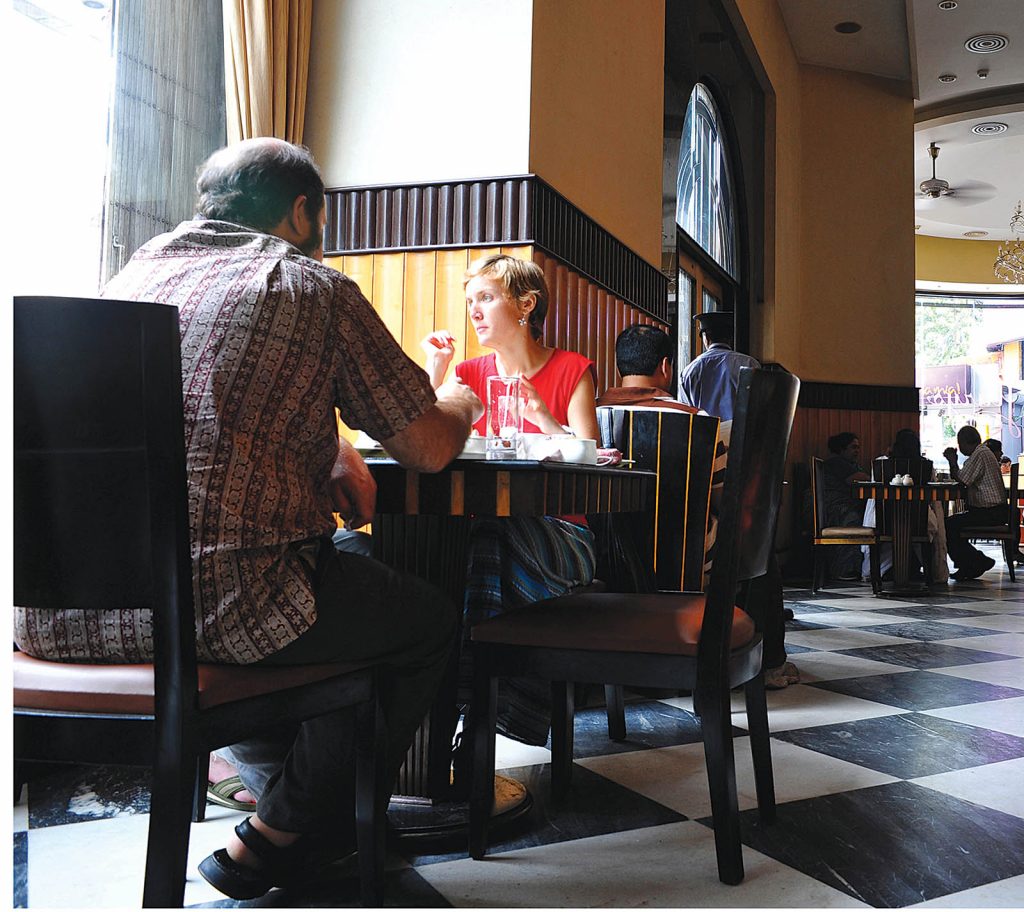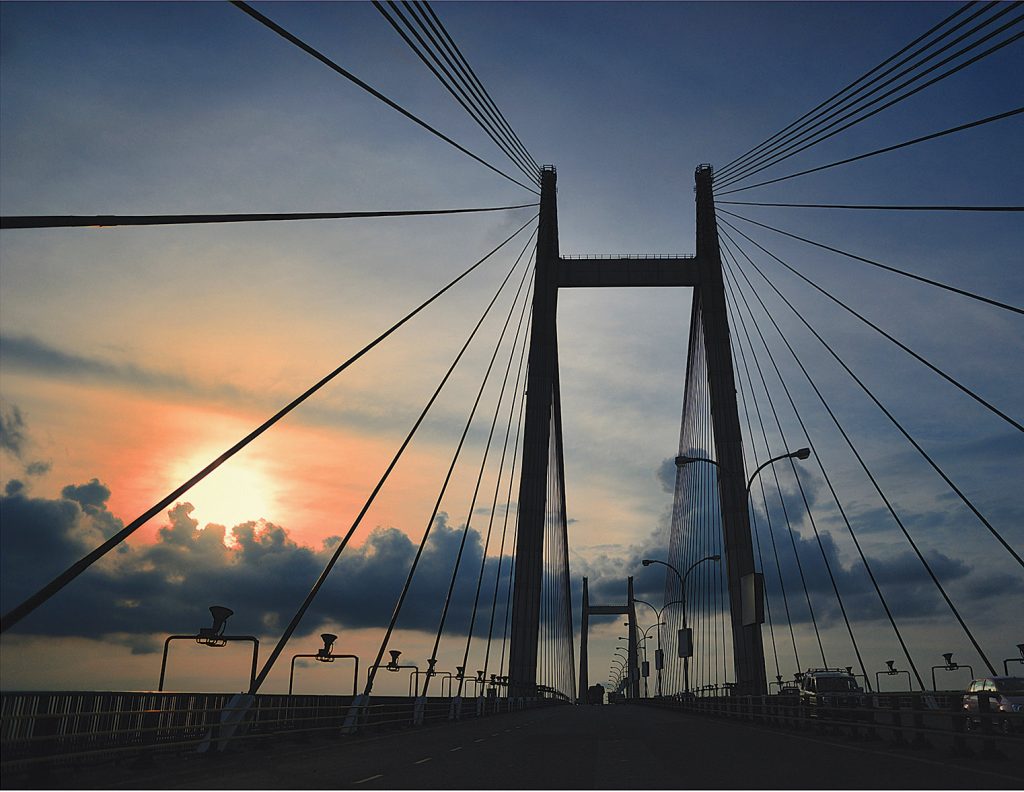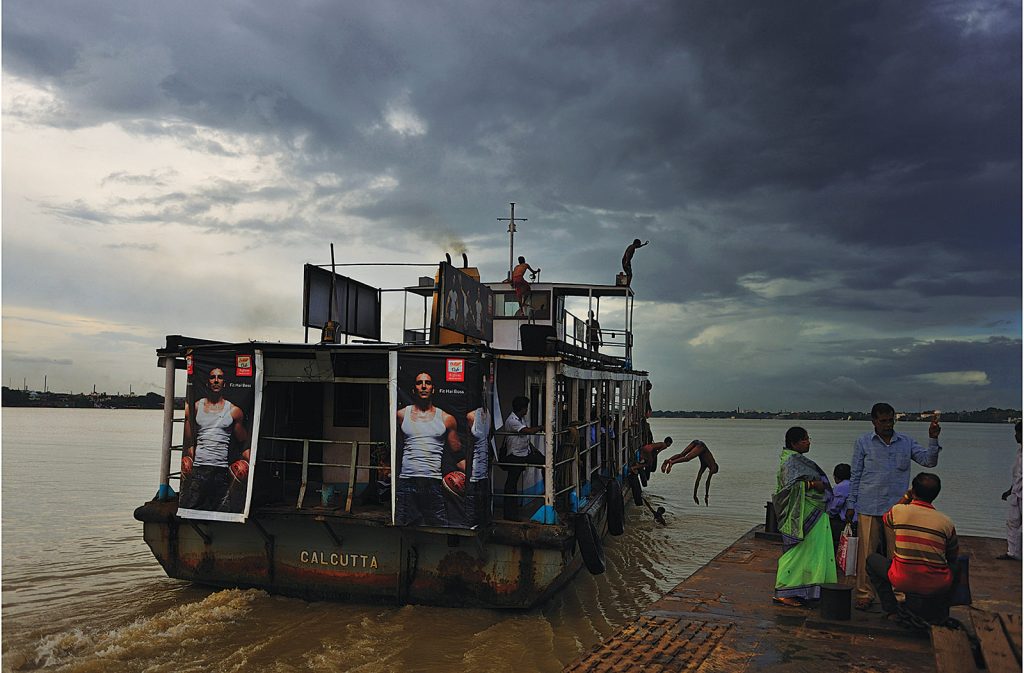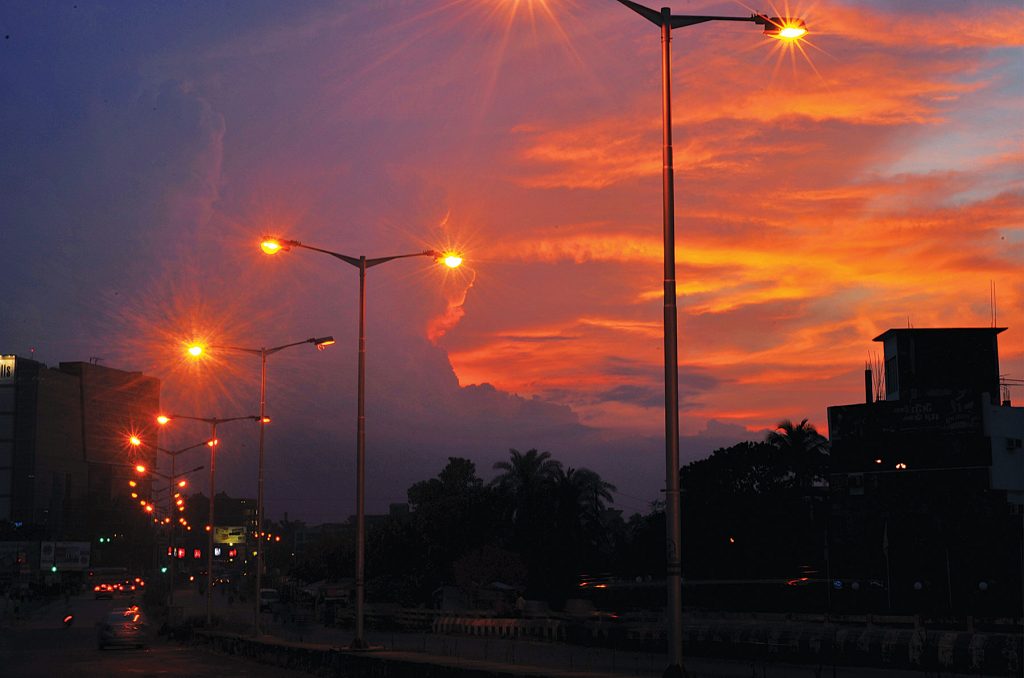Oh Kolkata! Different Strokes!
“Where does one go in a tremendous city like Calcutta to find insider information? I recalled Indiaʼs golden rule: do the opposite of what would be normal anywhere else.”—Tahir Shah
What do I say about Kolkata, my home?

It is a city that may not be full of historical monuments like Delhi or Agra, but it has a very special heart. This throbbing heart of the city lies in its people. Outsiders say that Kolkata is congested. But no other city embraces you in its arms as tightly or with such warmth. Kolkata operates on pure emotions. We get provoked at the smallest things. Ask a Kolkatan what Sourav Ganguly or fish or Rabindra Sangeet means to them and you will come to know what I am trying to say. As a new film has put it so succinctly and called itself ʻMaachh, Mishti & Moreʼ, we are, the ordinary citizens, in full agreement with the filmʼs title! Kolkatans are very loyal to their friends, their local markets, their fish and their paras that signify a neighbourhood with a strong sense of community. Typically, every para has its own community club, with a club room and often a playing field. People of a para habitually indulge in adda. This pastime is difficult to describe. An adda can take place anywhere and in any situation. You can indulge in it at the local chai shop or in the vast spaces of the Maidan, right under the nose of the mounted police! Whether you are with friends at the Coffee House on College Street or in the fashionable environs of Flurys on Park Street, your adda session can be endless as you argue or gossip on any topic ranging from football, to Satyajit Rayʼs films, mishtidoi, Durga Puja revelries, or plain politics.

While Mumbai is the capital of commercial cinemas in India, Kolkata is the house of art-films. We are very passionate about good cinema and good music. And we love our past history. In 1690, Job Charnok, an agent of the East India Company chose this place for a British trade settlement. The site was carefully selected, beingprotected by the Hooghly River on the west, a creek to the north, and by salt lakes about two and a half miles to the east. There were three large villages along the east bank of the river Ganges, named, Sutanuti, Gobindapur and Kalikata. These three villages were bought by the British from the local land lords.The Mughal emperor granted East India Company freedom of trade in return for a yearly payment of 3,000 rupees.
What was Calcutta like before the British came?

It was a village; the capital city of Bengal was Murshidabad, around 60 miles north of Calcutta. In 1756, Siraj-ud-daullah, Nawab of Bengal, attacked the city and captured the fort. Calcutta was recaptured in 1757 by Robert Clive when the British defeated Siraj-ud-daullah on the battle field of Plassy. In 1772, Calcutta became the capital of British India, and the first Governor General Warren Hastings moved all important offices from Murshidabad to Calcutta. Kolkata grew rapidly in the 19th century to become the second city of the British Empire. This was accompanied by the development of a culture that fused European philosophies with Indian tradition. The city is also noted for its revolutionary history.

People call Kolkata by different names. It has nomenclatures ranging from ʻCity of Processionsʼ to ʻCity of Palacesʼ to ʻCity of Joyʼ. A rose by any name is sweet! And I am proud that I am a citizen of the same city in which great people like Rabindranath Tagore, Swami Vivekananda, Netaji Subhash Chandra Bose, Mother Teresa and Satyajit Ray lived. The list can go on and on. But we are truly proud of our social and intellectual life.
Did you know that Hickeyʼs Bengal Gazette became the first newspaper to be printed in India, and is an invaluable chronicle of the social life of Anglo-Indian society in Kolkata?

Contemporary memoirs such as those of William Hickey record the consumption of enormous meals, washed down by copious quantities of claret, port, madeira and other wines, followed by the smoking of Hookahs. After the death of his English wife, Charlotte, who is buried in Park Street Cemetery, Hickey married a Bengali girl called Jemdanee. Such unions between Europeans, English, French andPortuguese, and local women, both Hindu and Muslim, were common throughout the 18th century in Calcutta, and are the origin of the cityʼs substantial Anglo-Indian community. By the early 19th century, however, increasing racial intolerance made marriages of this kind much rarer.

Calcuttaʼs intellectual life received a great boost in 1784 with the foundation of the Asiatic Society of Bengal by Sir William Jones, with the encouragement of Warren Hastings, himself no mean Oriental scholar. Jones worked closely with the pandits of the Kalighat Temple, together with the local ulema, in translating and producing new editions of rare and forgotten texts. Many distinguished scholars, English and Bengali, such as Henry Thomas Colebrooke, James Prinsep and Pandit RadhakantaSarman would grace the Societyʼs meetings and publications over the following century, vastly enriching knowledge of Indiaʼs culture and past. Till 1912, Calcutta was the capital of India, when the British moved the capital city to Delhi. But for me, Kolkata will always be a capital city. With a capital ʻKʼ!
By Rana Banerjee
Pics: NilanjanBasu

